5 Best Cold Email Templates for Reaching Investors
Five proven cold email templates that help early-stage founders get investor replies even without warm intros.

Why Cold Emails Still Work for Startup Fundraising
Most founders don’t have connections to investors. That’s normal. Cold emails are often your first shot at getting on an investor’s radar.
And yes, cold emails do work.
When you personalize your message and keep it short, reply rates can jump from an average 8.5% to over 17%.
Quick Stats:
-
47% of emails are opened based on the subject line alone
-
Emails with 75–125 words have the best booking rate (52%)
-
Sending follow-ups boosts replies by up to 28%
To find the right investors to target with your cold emails, explore our guide on how to find investors for your startup with AI tools and proven strategies.
What Makes a Cold Email to an Investor Work?
A good cold email is short, clear, and personal. Here’s what it needs:
- Subject Line: Be specific and spark curiosity.
Example: “$50K MRR | 40% MoM Growth | Raising Seed” - Personalized Intro: Mention something the investor has done, like a recent investment or a tweet.
- Quick Pitch: In 1–2 sentences, say who you are, what problem you solve, and your traction.
- Clear Ask: Suggest a 15-minute call or ask for quick feedback.
- Pitch Deck Link: Include one link only, ideally trackable (like a DocSend link).
- Follow-Up Plan: Send 3–4 follow-ups over 10–12 days, each with a small update or new info.
5 Proven Cold Email Templates for Investors
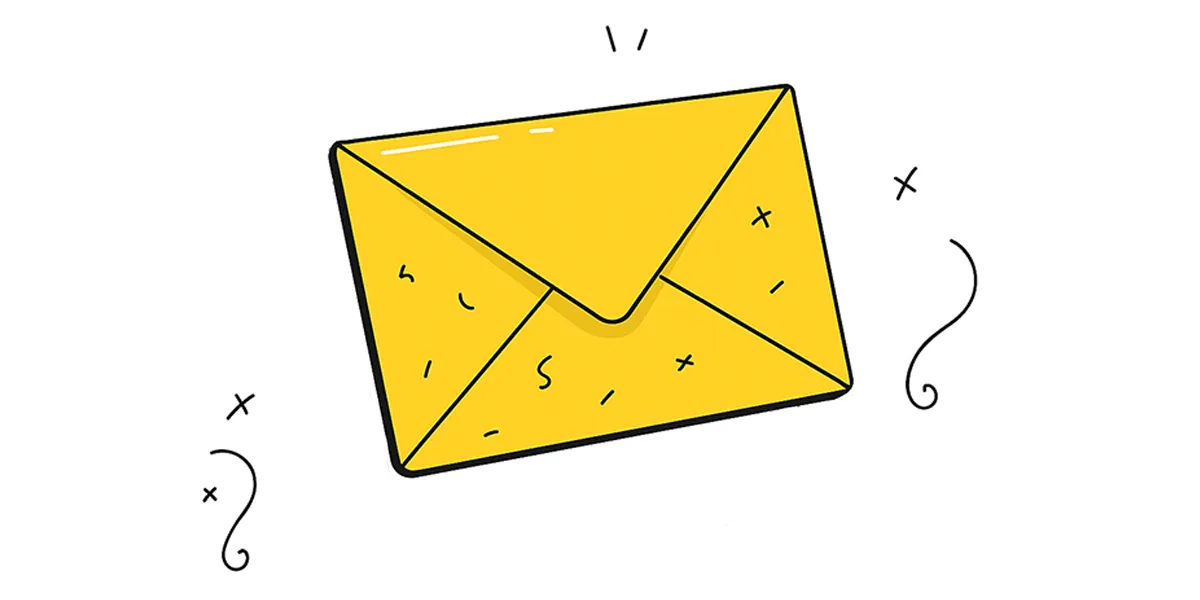
Template 1: Traction Snapshot
Best for: Startups with strong early metrics
Subject Line: 40% MoM Growth | Fintech SaaS | Raising Seed
Email Body:
Hi [Investor Name],
I enjoyed your recent post on [Topic]—great insights.
We’re building a SaaS platform for [Problem], and we’ve grown 40% month-over-month with $50K MRR.
Here’s our pitch deck: [Link]
Would you be open to a 15-minute call this week?
Best,
[Your Name]
Template 2: Problem-Solution Hook
Best for: Founders with clear market pain points
Subject Line: Solving [Problem] for [Target Market] | 1K+ Active Users
Email Body:
Hi [Investor Name],
I’ve followed your work with [Portfolio Company] and appreciate your focus on [Industry].
We’re solving [Problem] for [Target Market] with a platform that [Brief Solution]. We’ve already onboarded over 1,000 active users.
I’d love to get your quick feedback on our approach—here’s our deck: [Link]
Thanks,
[Your Name]
Template 3: Shared Connection or Interest
Best for: When you’ve seen them speak, read their post, or know someone in common.
Subject Line: Saw your talk at [Event] | Quick intro
Email Body:
Hi [Investor Name],
I really enjoyed your talk at [Event]—your point on [Topic] stuck with me.
We’re building [Startup Name], an AI tool that solves [Problem]. We're currently at $30K MRR and growing 25% month-over-month.
Here’s our pitch deck: [Link]
Would you be open to a quick 15-minute chat this week?
Best,
[Your Name]
Template 4: Ask for Feedback (Not Money)
Best for: Younger startups without metrics
Subject Line: Would love your take on our MVP
Email Body:
Hi [Investor Name],
I admire your work with [Portfolio Company] and your insights on early-stage product development.
We’re building [Startup Name], a tool that helps [Target Audience] solve [Problem] in a simpler way. We’ve just launched our MVP and are gathering early feedback.
If you have a moment, I’d really value your thoughts. Here’s a quick look: [Link]
Thanks so much,
[Your Name]
Template 5: Recent Milestone Update
Best for: Startups that’ve recently hit a milestone
Subject Line: Just hit 10K users – opening our pre-seed
Email Body:
Hi [Investor Name],
We just crossed 10,000 users this month and are now opening our pre-seed round.
I’m [Your Name], co-founder of [Startup Name], a platform that helps [Target Audience] solve [Problem] through [Brief Solution].
Here’s our deck: [Link]
Would you be open to a quick call to see if it’s a fit?
Best,
[Your Name]
What comes next after you pitch? 👉 Find out what happens after the pitch and how to stay in control of your fundraising journey.
Real Cold Email Wins – Case Studies
Factmata – $1M Raised via Cold Email
Founder: Dhruv Ghulati
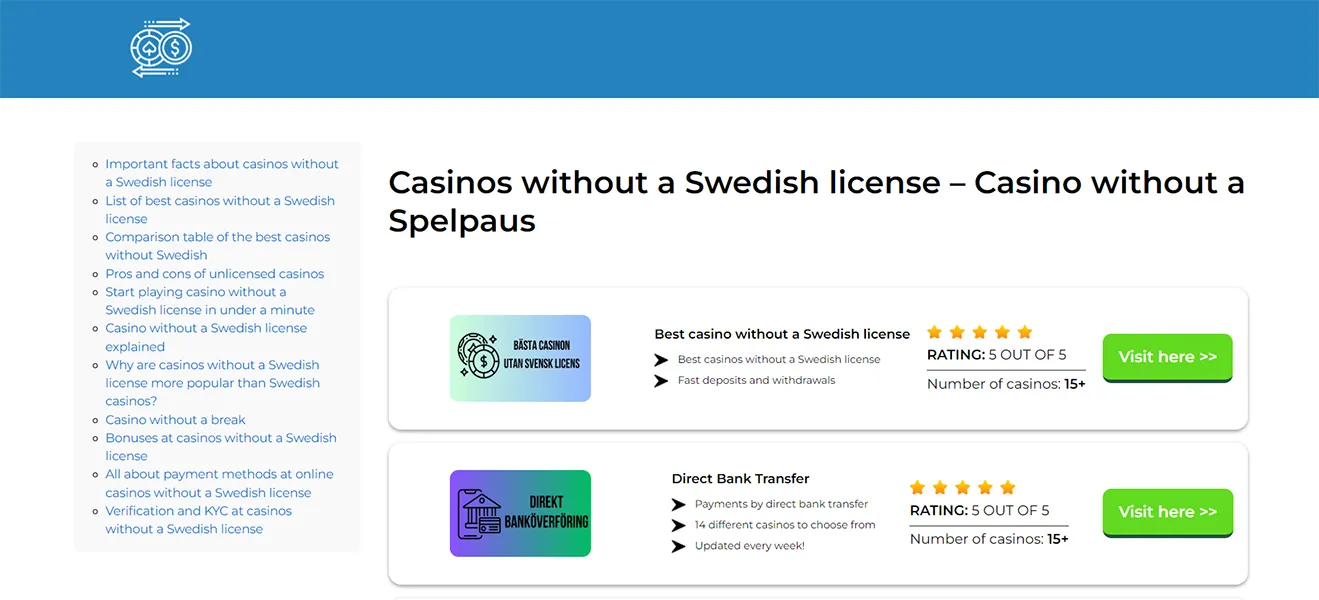
Dhruv sent cold emails to investors with no prior connection. Each email was personalized based on the investor’s background, and he used a clear, short pitch with a trackable pitch deck link. His focus was on clarity, just traction, and mission.
📍 Result: He secured meetings that led to a $1M seed round backed by investors like Mark Cuban.
Close – Persistence Pays Off
Founder: Steli Efti
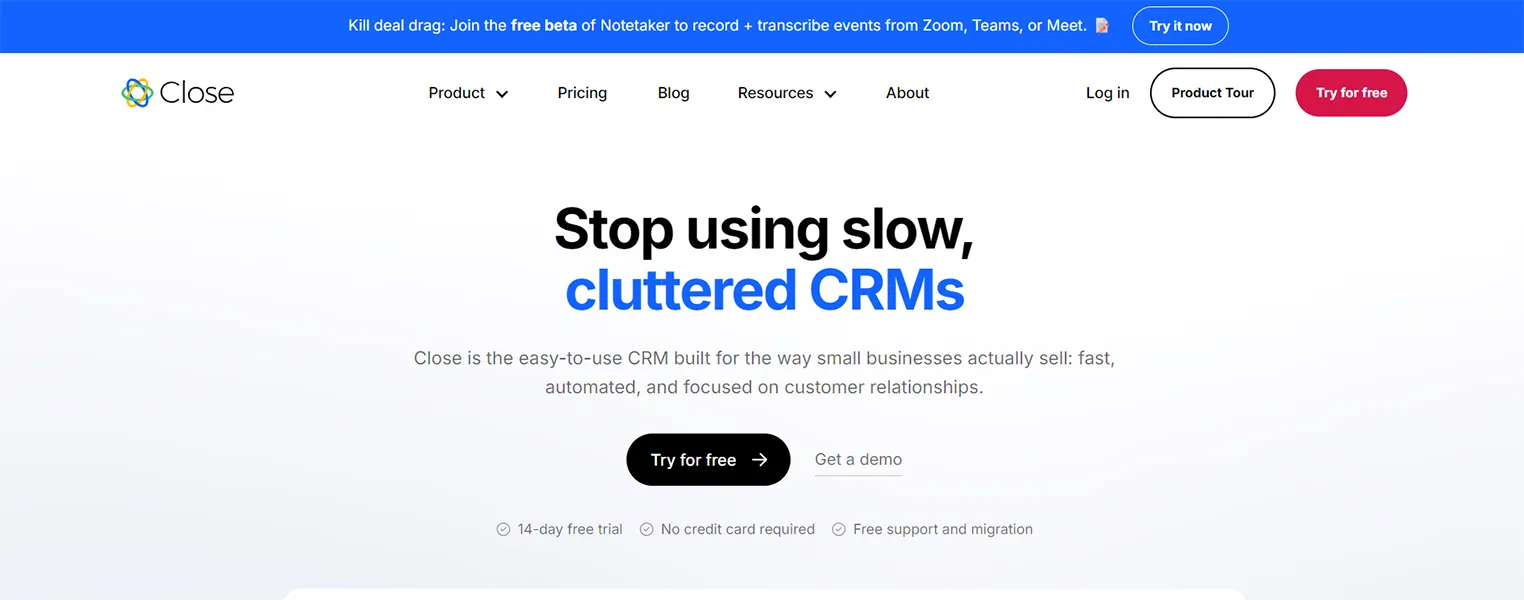
Steli didn’t get a reply to his first cold email, so he followed up. Then followed up again. In total, he sent 48 emails to one investor, each with a new piece of value (progress updates, customer feedback, results).
📍 Result: The investor eventually replied, took the meeting, and invested. Steli proved that respectful persistence works.
Mapistry – $2.5M Seed Round After Follow-Up Cold Email
Founder: Allie Janoch
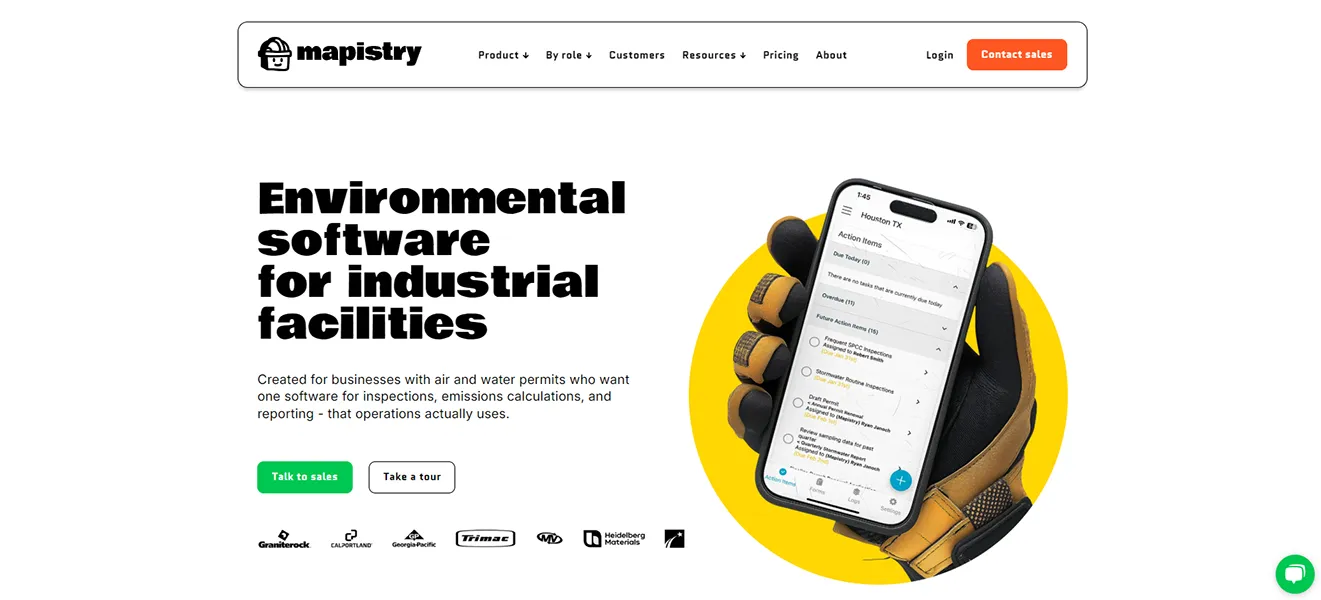
Allie first cold-emailed Jason Lemkin but didn’t get a response. Two years later, she tried again, with a clearer, more direct email that highlighted Mapistry’s traction, market fit, and value. This second attempt hit the mark.
📍 Result: The refined cold email led to a conversation and helped secure a $2.5M seed round.
Talkdesk – Funded Through a Data-Rich Cold Email
Founders: Tiago Paiva and Cristina Fonseca
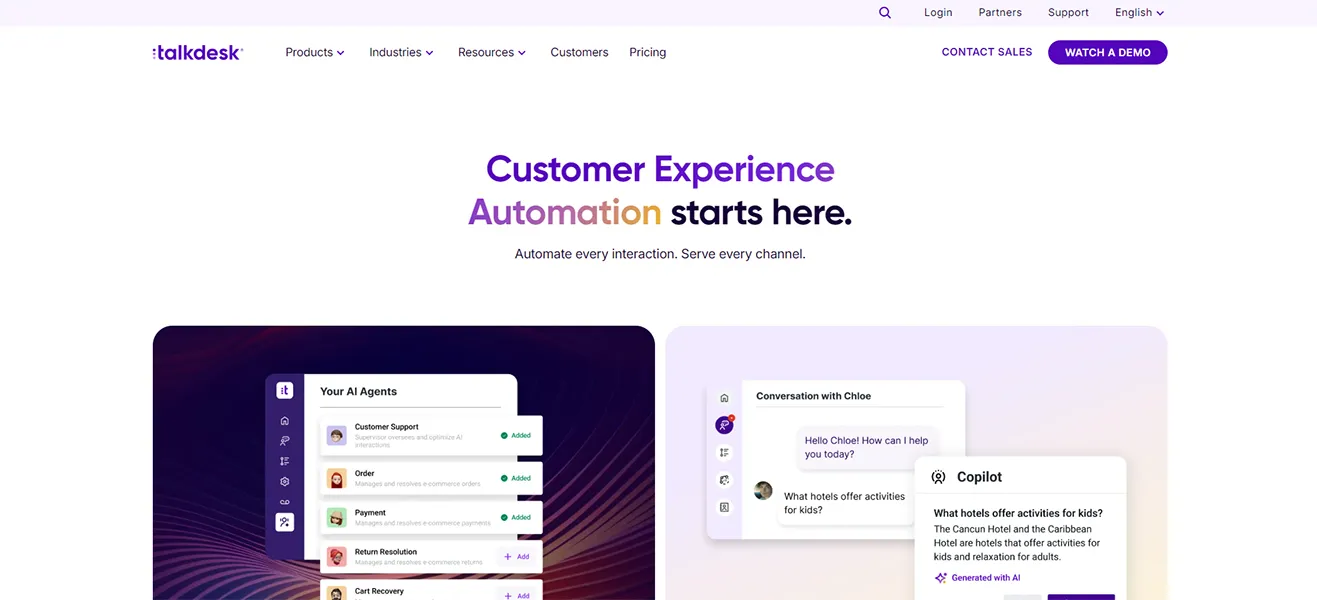
The Talkdesk team sent Jason Lemkin a cold email packed with real traction, early customer wins, and a clear growth plan. It was short, specific, and showed they knew their numbers.
📍 Result: Lemkin was impressed and invested. Talkdesk went on to become a multi-billion-dollar company.
Not sure how to interpret what investors really meant? 👉 Read our guide to decoding investors' feedback after a pitch to turn vague responses into clear next steps.
Cold Email Mistakes That Kill Your Chances
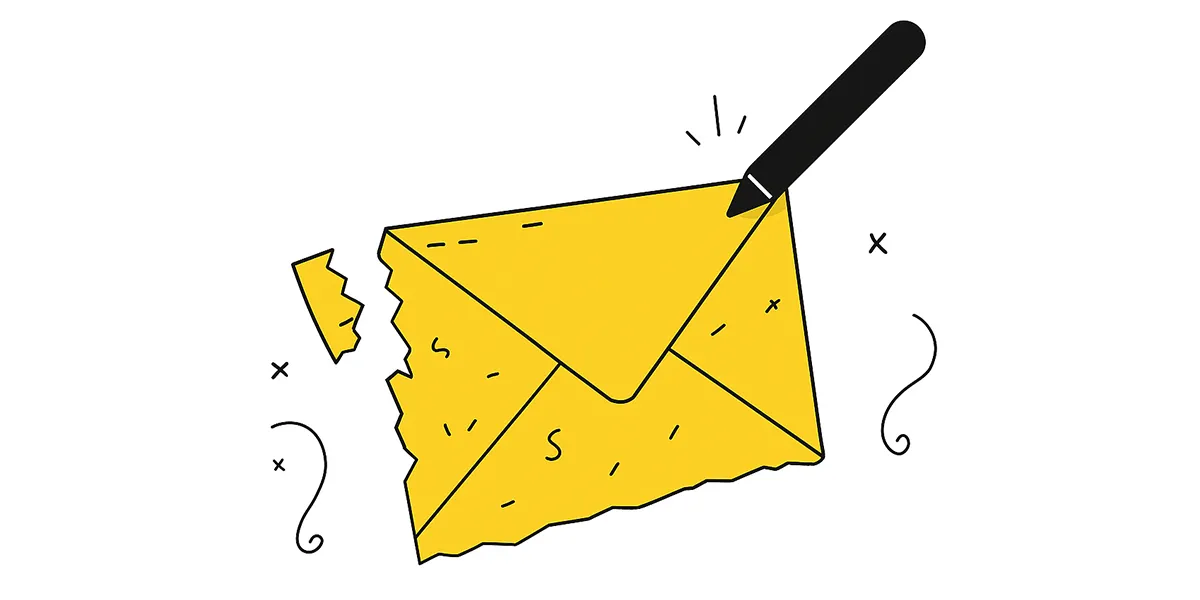
Avoid these common cold email mistakes that hurt your chances of getting a reply:
🚫 Generic intros like “Dear Investor”
Investors get dozens of emails daily. If you don’t use their name or reference something specific, your message feels mass-sent and gets ignored.
🚫 No pitch deck link
Without a deck, investors can’t quickly understand your business. Include a single, trackable link to your pitch deck so they can review it in seconds.
🚫 Full pitch in the email
Long emails don’t get read. Keep your message short and focused—your goal is to start a conversation, not explain everything upfront.
🚫 No follow-ups
Most replies come after follow-ups. If you stop after one email, you’re missing opportunities. A follow-up strategy can increase your chances by 20–30%.
🚫 Boring subject lines like “Investment Opportunity”
Vague or overused subject lines get deleted. Use specific metrics, traction, or product focus to stand out and get opened.
Want to master your next raise? 👉 Learn the art of startup fundraising with strategies that actually move the needle.
When’s the Best Time to Send Cold Emails to Investors?

Timing matters. While you can’t control when an investor checks their inbox, you can improve your odds by sending your cold email at the right time.
Best Days: Tuesday and Thursday
Across multiple studies, Tuesday and Thursday consistently show the highest open and reply rates for cold emails. They strike a balance—far enough from the Monday rush and not too close to the Friday slowdown.
Best Time: Early Morning (Not Just 10 AM)
Many assume that 10–11 AM is ideal, but 2025 data shows a more nuanced picture:
- Best window: 4 AM–9 AM local time
Sending early gives your email a better shot at being seen first thing in the morning, before inboxes get crowded. - Still good: 8 AM–12 PM
Late morning can still work, depending on the investor’s habits and location. - 10 AM caution:
Some data shows open rates dip at exactly 10 AM, possibly due to meeting blocks or inbox overload.
Conclusion
Reaching out to investors cold can feel like shouting into the void, but it doesn’t have to be. When done right, cold emails can lead to real conversations, valuable feedback, and even funding.
What works is simple: keep your email short, tailor it to the investor, highlight traction, and follow up thoughtfully. Founders like Dhruv Ghulati (Factmata) and Allie Janoch (Mapistry) didn’t wait for intros; they built their own momentum through smart outreach.
If you’re fundraising without a big network, cold emails are still one of your most powerful tools. And with the right structure, you’ll stand out in a crowded inbox.
🚀 Ready to Get More Investor Replies?
Evalyze.ai helps you find the right investors and craft better emails with confidence.
Use curated investor lists and get expert pitch deck feedback, all in one place.
👉 Start your free campaign with Evalyze.ai and turn cold emails into real conversations.
More Articles
How Long Does Fundraising Take?
Discover the typical timelines for raising startup funding and learn actionable strategies to accelerate your fundraising process.
June 9, 2025
9 Tools For Successful Startup Fundraising
Your go-to toolkit for founder-friendly tools that help you pitch better, connect with investors faster, and raise smarter, without burning time or budget.
June 8, 2025